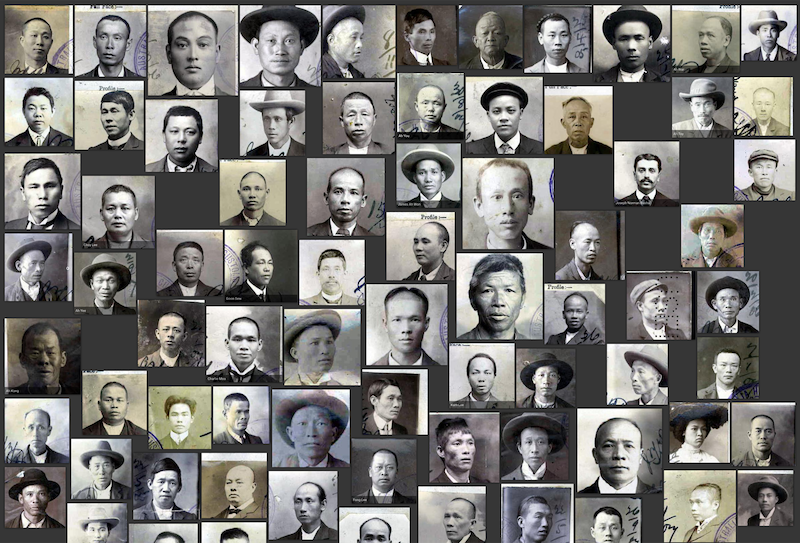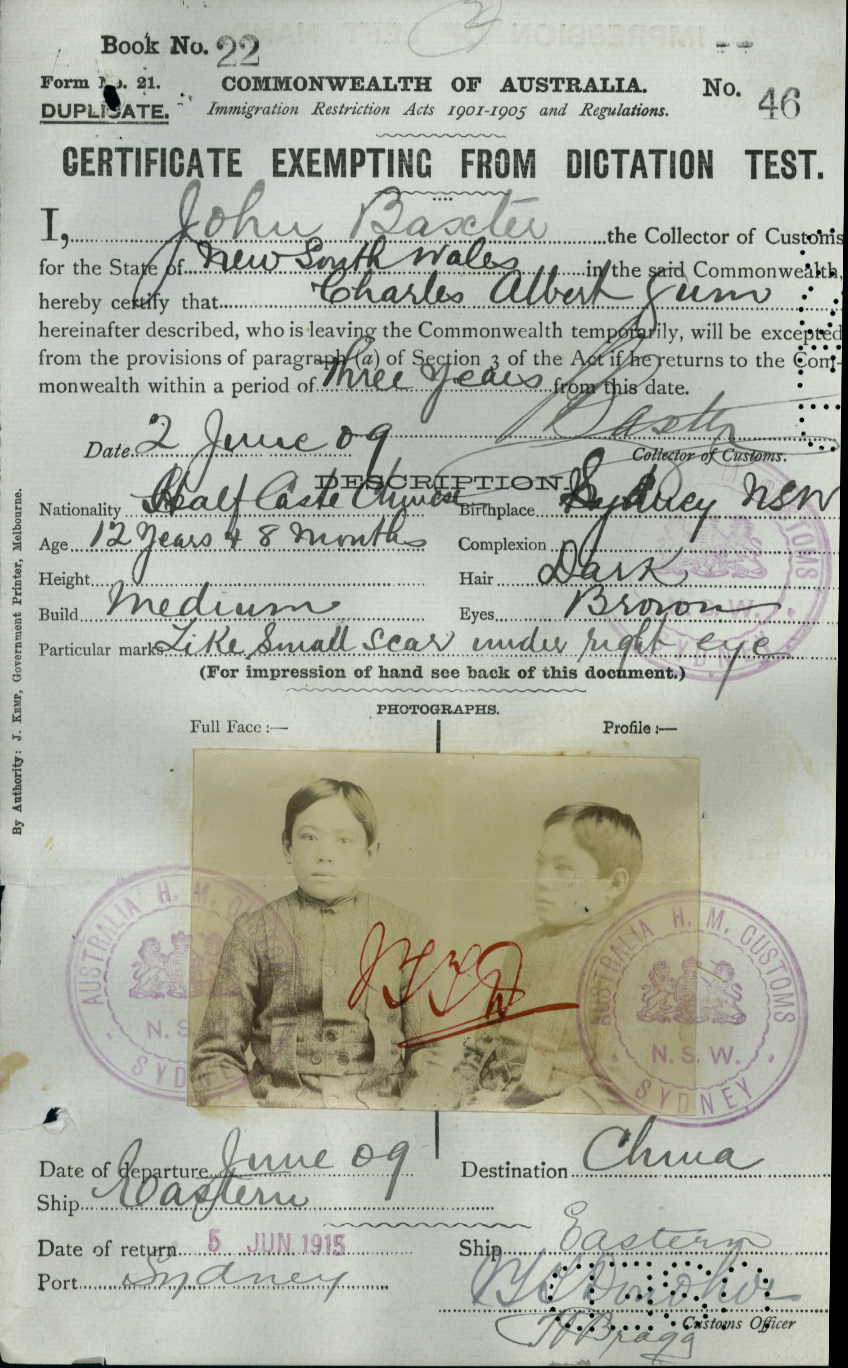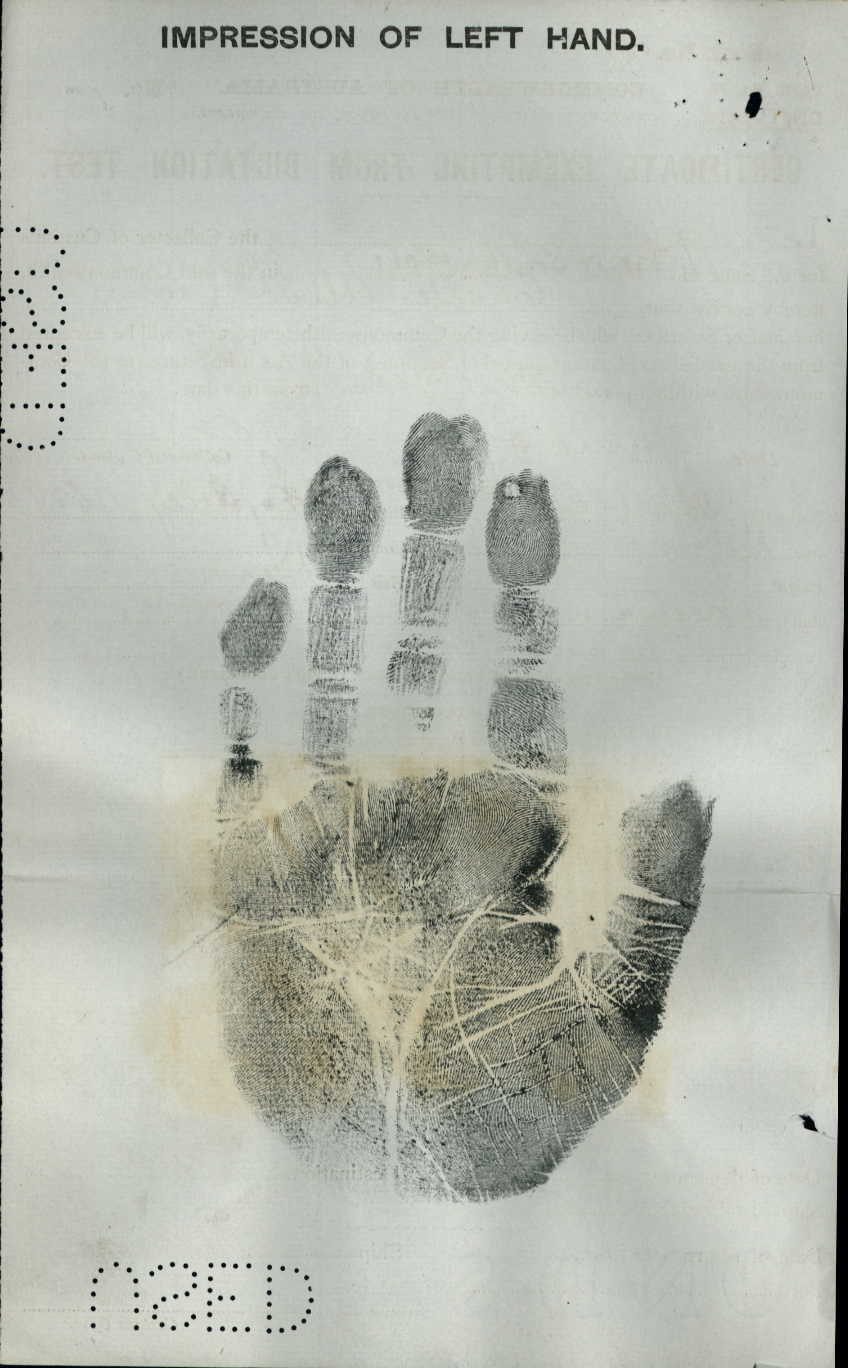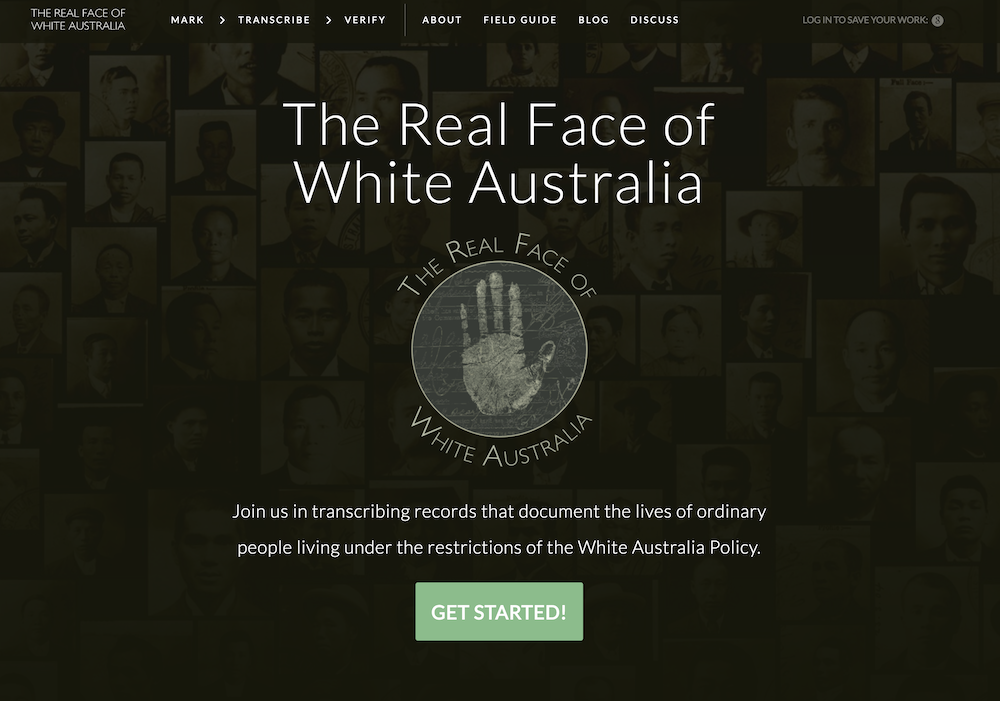The real face of White Australia
Living under the White Australia Policy
In the early twentieth century Australia defined itself as a white man’s country, yet the reality was something different. As well as Indigenous Australians, there were many thousands of non-Europeans, including Chinese, Japanese, Indians, Afghans, Syrians and Malays.
Because of the colour of their skin and the homelands of their forebears, these men, women and children found themselves at odds with the nation’s claim to be white. They faced discriminatory laws and policies designed to deny them their place as Australians.
As a result, there are extensive government records documenting their lives. This project aims to make people more aware of these records and this history, revealing the real face of White Australia.
About the project
This project, originally called Invisible Australians, was created by Kate Bagnall and Tim Sherratt in 2010. Things have changed since then and we've decided to bring everything together under the title The real face of White Australia.
For an introduction to the project and its origins, see our chapter 'The people inside', published in Seeing the Past with Computers: Experiments with Augmented Reality and Computer Vision for History, edited by Kevin Kee and Tim Compeau.



